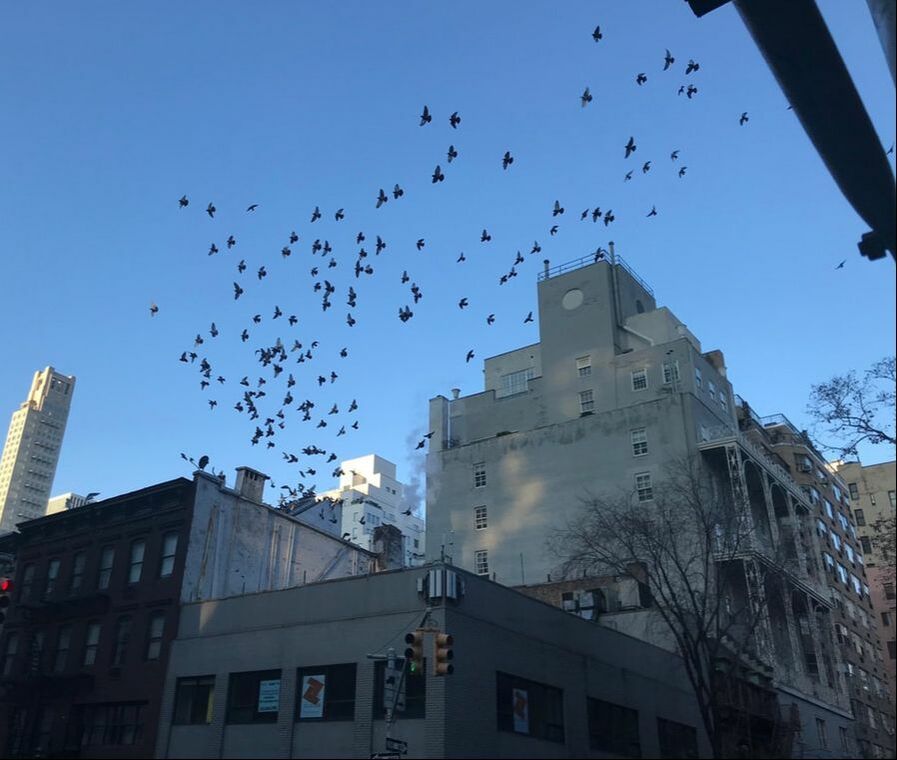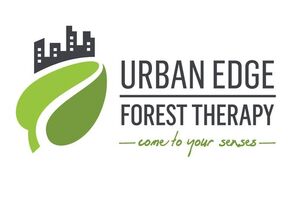 First Rockefeller Center Christmas tree, 1931 First Rockefeller Center Christmas tree, 1931 Few trees are more celebrated than the Rockefeller Center Christmas tree, a tradition that goes back to 1931, when workers building the area’s structures during the Great Depression pooled funds to buy a 20-foot balsam fir and decorated it with homemade garlands. The first public lighting, of a 50-foot tree, was in 1933, when Rockefeller Center made the tree an annual tradition. Over the years, the tree’s decoration has taken on various themes and reflected the issues of the times. As described by Dana Schultz: “During WWII, the tree’s décor switched to a more patriotic theme, with red, white, and blue globes and painted wooden stars. In 1942, no materials needed for the war could be used on the tree, and instead of one giant tree, there were three smaller ones, each decorated in one of the flag’s three colors…. Following the 9/11 attacks in 2001, the Rockefeller Center Christmas Tree was once again adorned in patriotic red, white and blue.” The 2018 Rockefeller Center Christmas, a 72 foot tall Norway Spruce, was sourced from Wallkill, New York, 75 miles north of Manhattan. Following the holiday, the tree’s lumber will be donated to Habitat for Humanity for home building, a practice since 2007. A media sensation surrounded by gawking crowds and adorned in 50,000 LED lights and a Swarovski crystal star weighing 900 pounds, the 2018 Rockefeller Center tree has come a long way from its more humble origins. Yet, it is a reminder of how every tree is a star in its own way, and how it's in our nature to be awed by trees.
0 Comments
 A shape-shifting cloud comprised of dozens of pigeons took off from a low-slung building near 67th Street. Widening, elongating, radiating, and narrowing, it traversed to the east over Lexington Ave, rose on a thermal, soared back westward, circled over the avenue again and alit on a the roof of a slightly higher building adjacent to where it began. Barely settled for a minute, one by one, like drops of water falling from a faucet or pebbles rolled over an edge, each pigeon then hopped off the roof and landed a story below on the roof of the building from where the cloud first a lit. A few minutes later, spurred by a warning or disruption unbeknownst to be from my viewing point on the sidewalk at ground level, the pigeon cloud blasted off again, once again traversing Lexington east and west and around again, rising higher on a thermal, the cloud condensing and expanding as the birds moved in unison until they settled again on the same roof as before, and then once again dropped one by one to the adjacent roof. The cycle repeated itself several times before I felt the need to press on and head to the subway for my commute. And yet my mood had changed. The contorting geometry of the flock of pigeons in flight transported me from thinking of the concrete surroundings of my walk as devoid of more-than-human life (the trees have lost their leaves, and there was little if any greenery along the avenue), to a sense of awe for the beauty of the birds in collective flight. This past weekend I had the privilege of guiding a forest therapy walk in collaboration with my friend and fellow guide Linda on behalf of Natural Areas Conservancy. The walk took place in Alley Pond Park in Queens. Alley Pond Park is the most ecologically diverse New York City Park. It includes salt marshes along Little Neck Bay to the north and forested areas to the south along Union Turnpike and contains the oldest living creature in New York City, the Queens Giant, a 350 year old tulip tree. The walk had a great turnout, including an appearance by local Council Member Barry S. Grodenchik, an advocate for local parks, a reminder that it takes a village to support our parks. There are few organizations working harder or more comprehensively to support our local parks than Natural Areas Conservancy, “a champion of NYC’s 20,000 acres of forests and wetlands for the benefit and enjoyment of all. [NAC’s] team of scientists and experts promote nature’s diversity and resilience across the five boroughs, working in close partnership with the City of New York.” What does it take to champion New York City’s Parks? With 20,000+ acres of natural areas, including more than 10,000 acres within NYC Parks (equating to half the size of Manhattan), there is much to do. Here are examples of just some of NAC’s work:
|
About this Blog
Hi! I'm Nancy Kopans, founder of Urban Edge Forest Therapy. Join me on an adventure to discover creative ways to connect with nature in your daily life, ways that are inspired by urban surroundings that can reveal unexpected beauty, with the potential to ignite a sense of wonder. Archives
April 2023
Categories
All
|

 RSS Feed
RSS Feed